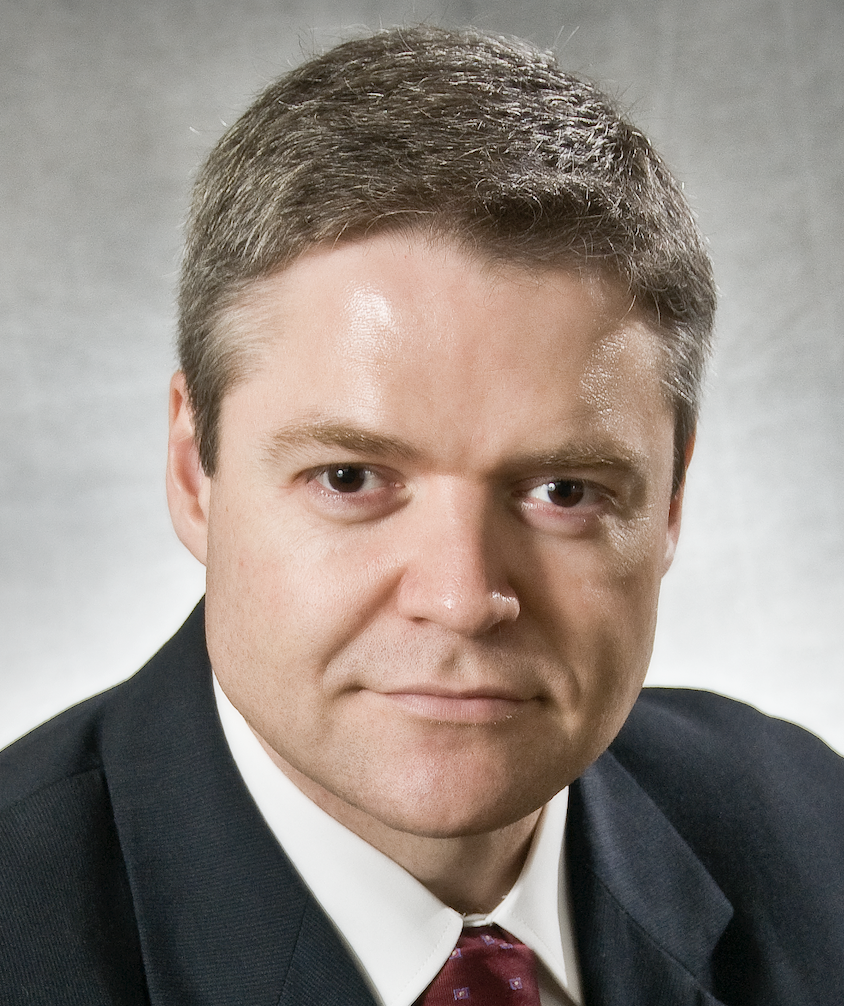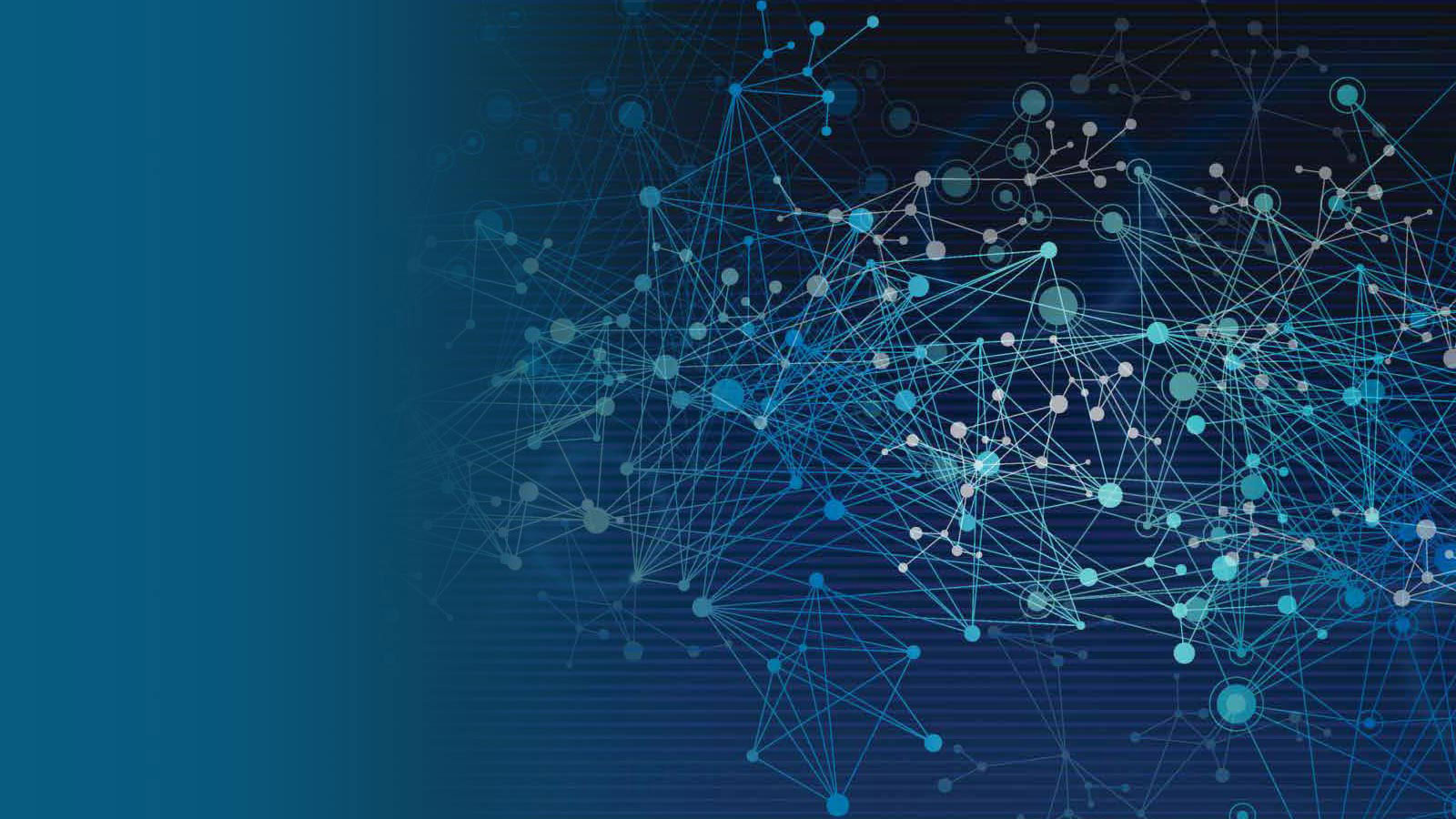
Since the beginning of the 2000s, there has been an increasing number of studies and standards proposed for generating large scale symbolic representations of knowledge (known as Knowledge Graphs (KGs)) out of heterogeneous resources such as text, images, etc. Moreover, there have been many advances in symbolic reasoning, as well as their applications to various fields. Recently, sub-symbolic methods have gained momentum. These methods aim at generating distributed representations from several resources such as text or symbolic representations (Graph Neural Networks, KG embeddings, etc.). These sub-symbolic methods for symbolic representations mainly focus on the task of KG completion. However, they have also recently been used for various tasks, e.g., in Natural Language Processing (NLP). The future perspective for these methods would be a combination of these approaches, leading to a form of neurosymbolic reasoning. Advances in the real world applications related to these methods will also serve as a stepping stone in the proving their practicality.

Biography: Frank van Harmelen has a PhD in Artificial Intelligence from Edinburgh University, and has been professor of AI at the Vrije Universiteit Amsterdam since 2001, where he leads the research group on Knowledge Representation. He was one of the designers of the knowledge representation language OWL, which is now in use by companies such as Google, the BBC, New York Times, Amazon, Uber, Airbnb, Elsevier and Springer Nature among others. He co-edited the standard reference work in his field (The Handbook of Knowledge Representation), and received the Semantic Web 10-year impact award for his work on the Sesame RDF triple store. He is a Fellow of the European Association for Artificial Intelligence, member of the the Dutch Royal Academy of Sciences (KNAW), and of the Academia Europaea. He is adjunct professor at Wuhan University and Wuhan University of Science and Technology in China.
Title: TBD
TBD

Biography: Luis C. Lamb is a Full Professor and Secretary of Innovation, Science
and Technology of the State of Rio Grande do Sul, Brazil. He was
formerly Vice President for Research (2016-2018) and Dean of the
Institute of Informatics (2011-2016) at the Federal University of Rio
Grande do Sul (UFRGS), Brazil. He holds both the Ph.D. in Computer
Science from Imperial College London (2000) and the Diploma of the
Imperial College, MSc by research (1995) and BSc in Computer Science
(1992) from UFRGS, Brazil. His research interest includes neurosymbolic
AI, the integration of learning and reasoning, and AI fairness. He
co-authored two research monographs: Neural-Symbolic Cognitive
Reasoning, with Garcez and Gabbay (Springer, 2009) and Compiled Labelled
Deductive Systems, with Broda, Gabbay, and Russo (IoP, 2004). His
research has led to publications at flagship AI and neural computation
conferences
and journals. He was co-organizer of two Dagstuhl Seminars on
Neurosymbolic AI: the Dagstuhl Seminar 14381: Neural-Symbolic Learning
and Reasoning (2014) and Dagstuhl Seminar 17192: Human-Like
Neural-Symbolic Computing (2017) and several workshops on
neural-symbolic learning and reasoning at AAAI and IJCAI.
Title: Neurosymbolic AI: An Overview
Abstract:The integration of learning and reasoning has been the subject of
growing research interest in AI. However, both areas have been developed
under clearly different technical foundations, by separate research
communities. Neurosymbolic AI aims at integrating neural learning with
symbolic methods typically used in computational logic and knowledge
representation. In this talk, we present an overview of the evolution of
neurosymbolic AI methods, with attention to developments towards
integrating machine learning and reasoning into a unified foundation
that contributes to explainable AI. We concluded by illustrating how
advances in neural-symbolic computing can lead to the construction of
richer AI systems.

Papers must comply with the LNCS style and should be submitted via EasyChair. Submissions can fall in one of the following categories:
Authors are encouraged to submit negative (i.e., failing) results with strong contribution and an analysis of the results.
Accepted papers (after blind review) will be published as CEUR Proceedings.
At least one of the authors of the accepted papers must register for the workshop for the paper to be included into the workshop proceedings.
